How to Care for a Peace Lily Plant
Updated: Jan. 26, 2024
Like its name implies, a peace lily is a stress-free houseplant. Learn how easy it is to care for and what its leaves are trying to tell you.
On This Page
Peace Lily Plant Care
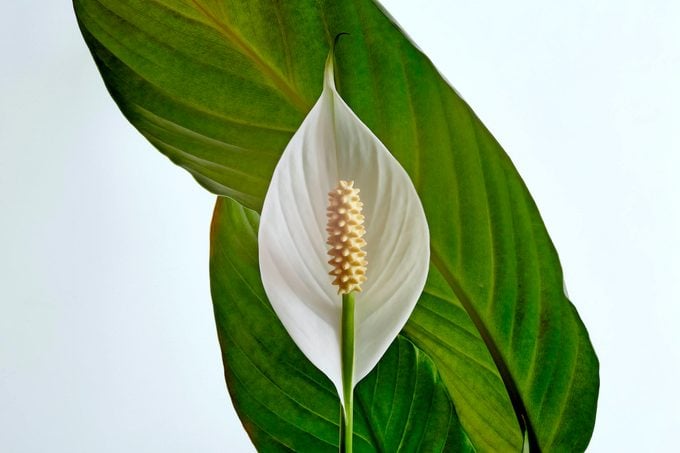
These humidity-loving plants are a great option to bring into your home. Not only do they help purify the air, but they’re also a perfect beginner houseplant because they’re relatively easy to take care of and maintain. Peace lily plants do well in most light conditions, even in shade, though they prefer bright, indirect light. They can also handle a certain amount of under or overwatering and typically bounce back after the right balance is found. Plus, peace lilies rarely develop pest problems.
One thing to know is that a peace lily isn’t an a true lily and its flowers aren’t actually flowers! Peace lilies are part of the Aracae family, which also includes philodendron and calla lilies — also not true lilies. And another name for peace lilies is spathe lilies. The spathes on peace lilies look like large petals but they’re actually bracts or modified leaves.
How Often Should You Water a Peace Lily?
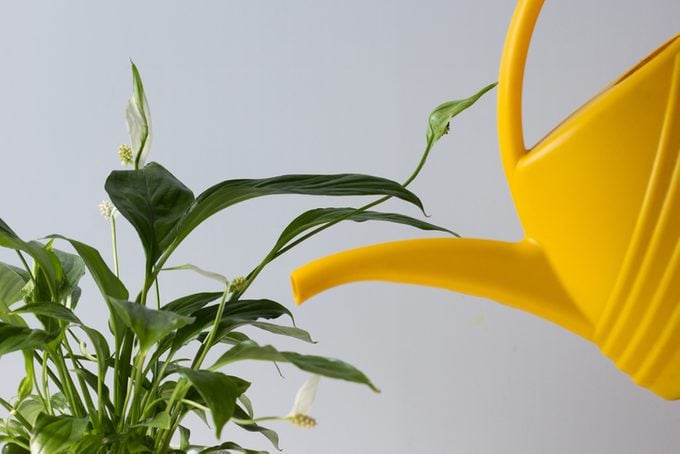
Peace lilies like moist soil but overwatering is a big reason they fail to thrive, so it’s important to find a balance. Instead of keeping to a strict watering schedule, check once a week to see how it’s doing. If the top soil is dry, it’s time to water. If the top soil is still moist from the last time you watered the plant, leave it be. Just make sure you aren’t watering the plant so heavily that it ends up sitting in water, as it’s prone to root rot.
Daylily care 101: expert growing tips for gardeners.
How to Repot a Peace Lily
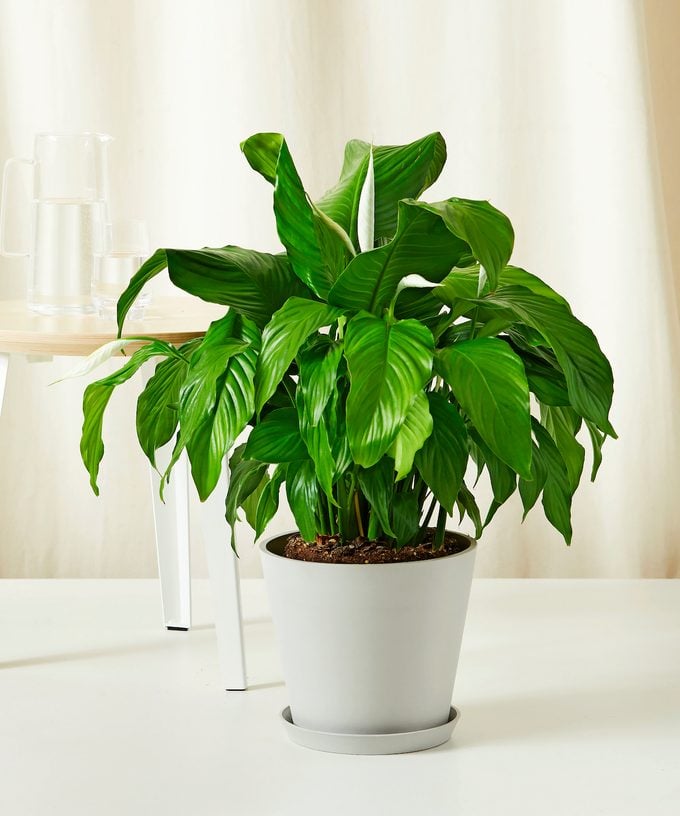
Peace lilies don’t need repotting often — usually every few years. You can repot any time of year but spring is considered ideal.
Because peace lilies have a tendency to get waterlogged, it’s important to choose the right soil and container. Luckily, they don’t require anything fancy. Soil that’s specifically for houseplants is a solid go-to but any potting mix that’s described as water retentive is great, too. Select a container that has drainage holes and is slightly larger than the container the peace lily is currently in.
The day before repotting, water your peace lily to make the soil easier to handle. When you’re ready to repot, carefully remove the plant by gently holding it at its base and slowly working it out. Loosen the rootball with care and then place it in its new container, making sure to fill the space around it with soil. Water again and hold off on fertilizing for a month or two.
Learn how to grow and care for Asiatic lilies.
Drooping Leaves
If you’ve noticed that your peace lily is starting to lose vitality and its leaves are drooping, that’s most likely a sign that it’s not receiving the right amount of water. Find a good middle ground between watering too little and watering too much. When this plant is allowed to wilt and droop too many times, it can be harder for it to bounce back.
If you’re watering the right amount but the leaves are still lackluster, there’s another possible culprit: too much light. Peace lilies like bright, indirect light. Most indoor light is considered indirect, but if your plant is directly next to a window, that may be too much sun and it should be moved a few feet back.
Grow Oriental lilies for outstanding garden color.
Brown Leaf Tips
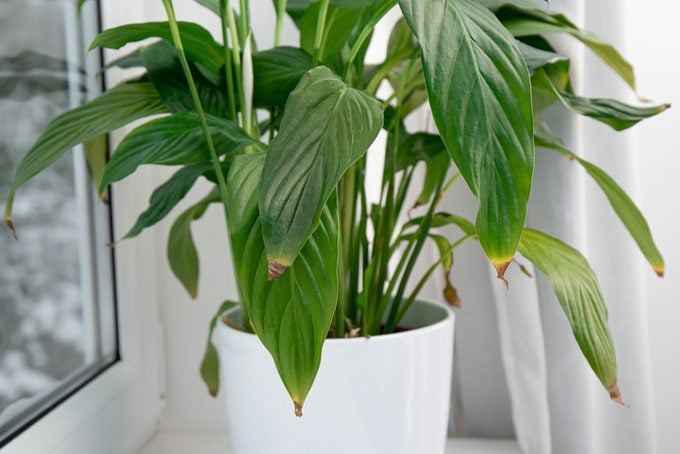
Too much sunlight or fertilizer or too little water or humidity is usually what turns the leaf tips of a peace lily brown. Try one or two solutions at a time to verify you’ve found what’s causing the program. For example, pull back on on adding more fertilizer to the plant and, if the soil is also dry, water more frequently. An easy way to improve humidity is to regularly mist the foliage every few days.
Toad lily adds beauty to fall shade gardens.
Yellow Leaves
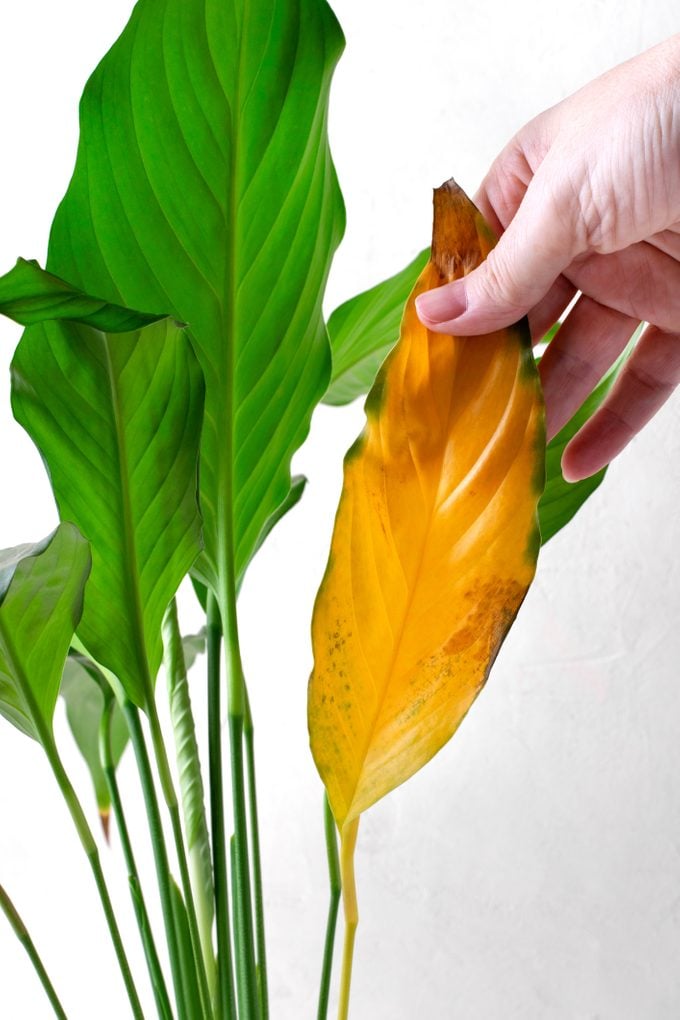
When peace lilies develop yellow leaves, it’s usually a symptom of not getting enough water. This is a plant that likes moisture, so make sure you’re regularly watering it. Most peace lilies need to be watered once a week to stay healthy. Another possible reason for yellow leaves is that the plant may be ready for a new container. If the yellow leaves happen to be the oldest leaves on the plant and if it’s been some time since you’ve repotted, it may need a little space to stretch its roots out.
Grow Persian lily flowers for dark garden drama.
Are Peace Lily Plants Toxic?
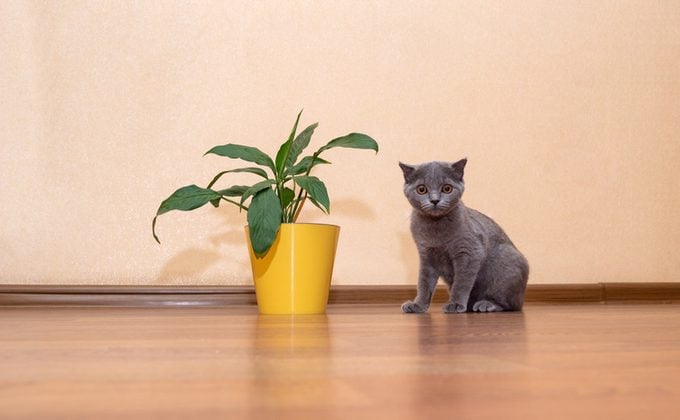
Peace lilies are beautiful, but they’re mildly toxic to humans, cats and dogs. What makes them poisonous is the sharp, tiny calcium oxalate crystals found in all parts of the plant. If a child or pet chews on this plant, their mouth will get painfully irritated. Other symptoms include drooling, difficulty swallowing, and swelling in the mouth or tongue. If ingested, vomiting may also occur.
The good news is that taking a bite out of a peace lily isn’t likely to cause permanent harm. If your pet or child does have a negative interaction with the plant, call your local poison control or veterinarian. However, if you know that your pet or child is a little too curious, it’s better to stay on the safe side and either keep the plant out of reach or avoid bringing it into your home altogether. Or try these pet-friendly houseplants, instead.
Next, check out lovely pictures of lilies you need to see.




















